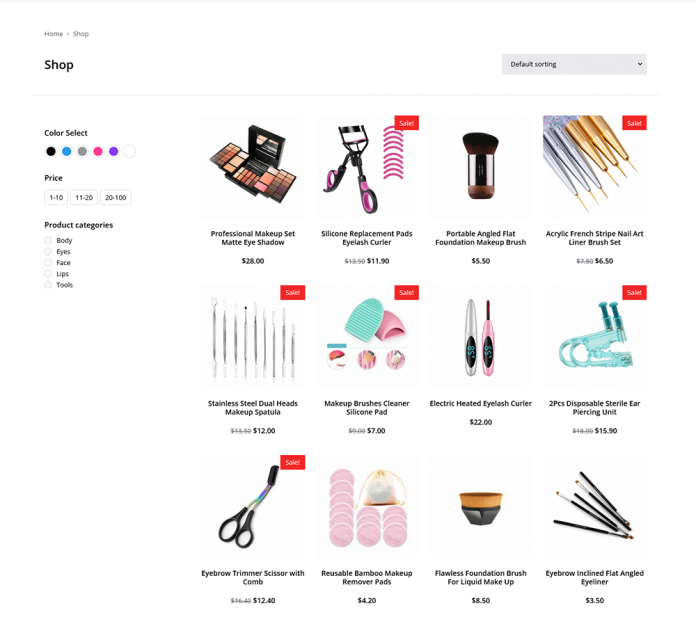
When most people think of Search Engine Optimization (SEO), they think of Google. However, focusing all of your efforts on a single search engine may cause you to miss out on other important traffic sources. Despite the fact that Yahoo! has fewer users, it is still worthwhile to optimize your content for this platform as well. Let's look at Yahoo and what distinguishes it from other search engines. Then, we'll look at six tips for efficient Yahoo SEO. Let's get this party started!

Yahoo was founded in 1995 and initially relied on its own site crawling and data storage services to generate its search results. However, its results have been powered by Bing since 2009. Although it is not as popular as Google, it has a global market share of roughly 2.7 percent. Yahoo is also substantially more popular in Japan and Mexico than elsewhere, with 55 percent and 30 percent of people visiting the platform on a regular basis, respectively.
As a result, if you intend to target audiences in such nations, Yahoo SEO may be necessary. Optimizing for this search engine may also be beneficial if you want to attract web visitors from as many different sources as feasible.
What Makes Yahoo SEO Unique?
Other search engines, such as Google, Bing, DuckDuckGo, and Yandex, compete with Yahoo on a global scale. Yahoo, on the other hand, has a distinct advantage with one demographic in particular: Mozilla Firefox users.

From 2014 until 2017, Firefox made Yahoo its default search engine in the United States. Although the browser has since returned to Google, many of its users have been accustomed to using Yahoo. Given that Firefox is used by around 6.7 percent of Americans, this market is not insignificant.
Furthermore, optimizing your content for Yahoo SEO is considerably simpler than it is for other big search engines. Unlike Google, this site does not use frequently updated algorithms. It actually offers pretty basic requirements for sites that want to rank high.
It’s also worth noting that Yahoo is powered by Bing:
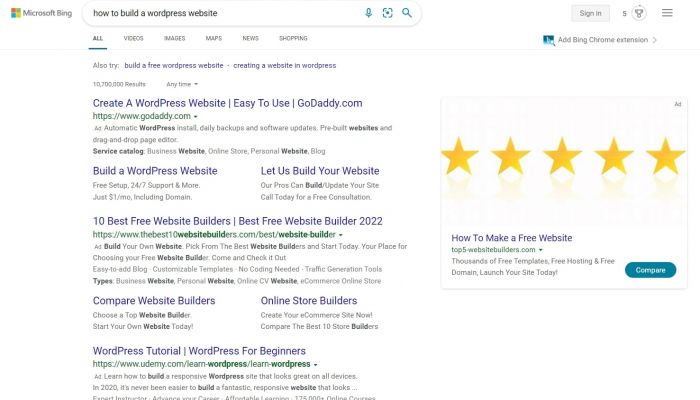
As a result, if you intend to concentrate on Yahoo SEO, you need also to optimize your content for Bing and pay attention to its ranking methodology.
Finally, Yahoo has less competition for SERPs than larger search engines and places a higher weight on domain authority. If you have a well-established site and invest some time into carefully optimizing your content, you may rank higher in Yahoo’s rankings.
6 Best Practices for Yahoo Content Optimization
We recommend that you implement some basic SEO recommended practices regardless of the search engine you wish to rank for. These methods can help your content rank higher and stand out from the crowd. However, if you’re specifically interested in Yahoo SEO, these are the six most critical actions you can take.
Use Keywords Wisely
Keywords are critical components of your Yahoo SEO strategy. These terms allow interested consumers to find your material in the search engine results pages (SERPs). To score well for keywords on relevant Yahoo results pages, you’ll want to use them frequently. We especially encourage including these phrases into your meta descriptions, page names, and alt text throughout your publications.
However, avoid “keyword stuffing,” as most search engines and human readers despise this technique. Instead, aim to write your content first and foremost for readers, and then for search engines.
Using the search engine’s Search Assist function, you can uncover appropriate keywords for Yahoo SEO. When you begin typing a phrase into the search box, you will see suggested terms that other people are searching for:
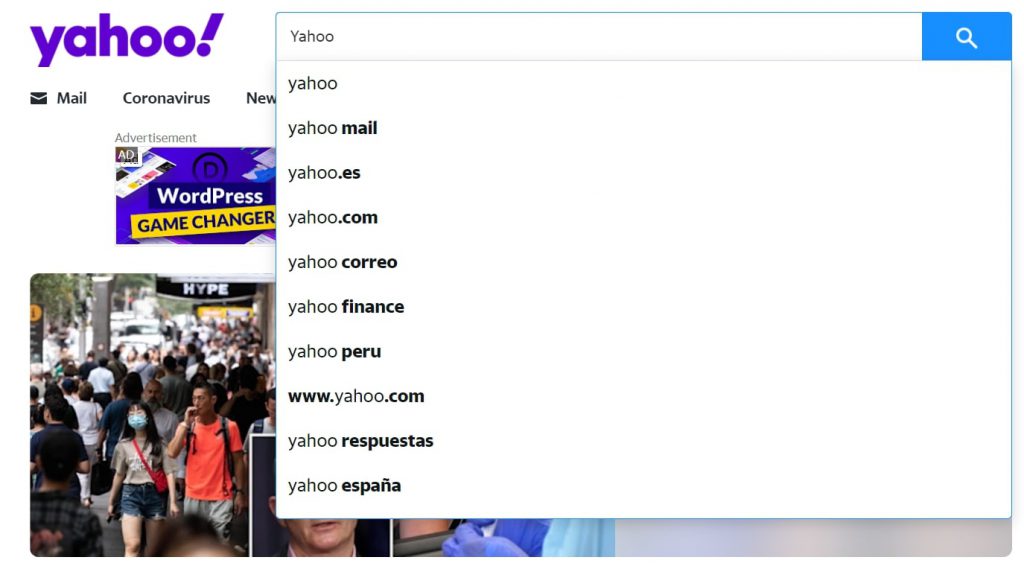
You can also use Yahoo! Native to your advantage. You can use this paid advertising platform to market your content on search engines and have access to keyword analytics tools.
Use Proper Image Formatting
The Yahoo guidelines provide a variety of best practices for image SEO. You should, for example, avoid adding text to your photographs. Embedded text may impede search engines from properly indexing your material. Instead, leave your content and URLs in HTML format so that Yahoo can properly display them.
It’s also important to provide alt text for your photographs, just like it is for other search engines:

This is another great place to insert your keywords. Alt-text is also important for making your material more accessible to a wider range of readers.
Focus on Links
Backlinks are more important to Yahoo than they are to Google. These are the external website URLs that point to your content. Backlinks from authoritative websites and industry experts can help your content rank higher. Furthermore, these URLs can increase traffic to your website.
As a result, we recommend taking an active approach to requesting backlinks. To begin, use a tool like Moz’s Link Explorer to determine which sites are linking to the most popular articles for specific keywords:
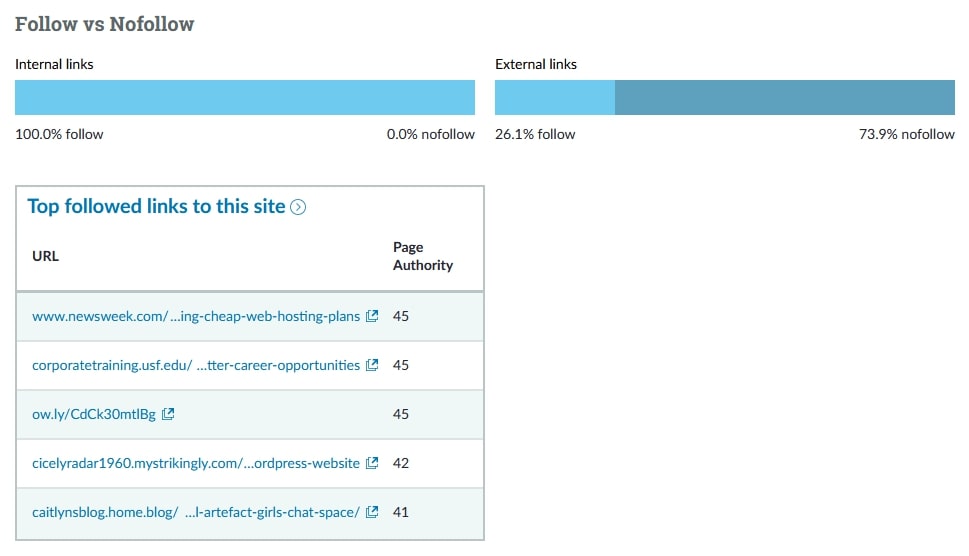
Then you can contact those sites and ask that they link to your material instead. You may also use guest posting to generate extra backlinks.
Send Your Sitemap to Bing
A sitemap includes all of your website’s URLs that you want search engines to scan and index. It also shows how the pages on your site are related to one another, as well as supplementary information for each page (such as how often it changes and when it was last updated).
We propose that you upload your sitemap to Bing for Yahoo SEO purposes. Because Bing powers Yahoo’s results, this step can increase both Bing and Yahoo rankings at the same time by ensuring that both platforms have all of the information they require. Fortunately, submitting your sitemap to Bing is an easy process. (If you currently use Google Search Console, Bing offers a mechanism for importing your site’s base data, so there’s no reason not to do this.)
Make Your JavaScript Easily Accessible
JavaScript is an extremely useful scripting language for WordPress websites. It’s utilized to power many different types of dynamic activities on your site, such as showing animations, updating your content in real-time, and other interactive features.
Yahoo, on the other hand, expressly advises against offering certain aspects solely using JavaScript. Some search engine crawlers (or bots) may be unable to recognize and index content written in this scripting language. To make your information available to all users and search engines, you should also employ “NoScript” HTML elements.
Develop a Social Media Strategy
Finally, just like Bing, social media can have a major impact on your Yahoo SEO. Unlike Google, both of these search engines take your presence on online networks into account. For example, if you have a large number of followers, your material is more likely to rank higher. The same logic applies if people frequently share your posts on social media.
As a result, we advise you to devote time to your social media strategy. You should probably concentrate your efforts on the most popular networks, such as Facebook, Twitter, and Instagram.
Having said that, we recommend that you use the platforms that are best suited to your audience’s specific interests and demographics. Instagram, for example, can be more beneficial if your readers are between the ages of 18 and 34. You may simply discover this information by looking at your Google Analytics demographic metrics:
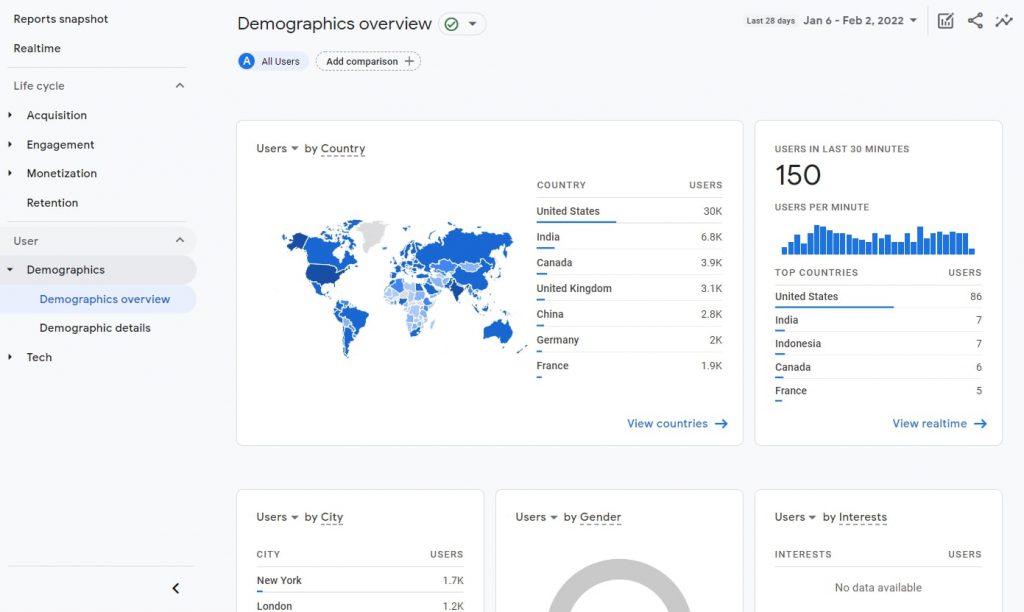
You should also build a consistent approach to social media marketing so that you can sustain your plan over time. Consider developing a content calendar and automating important processes with social media plugins to do this.
Conclusion
If you want to attract organic visitors to your site, you must use tried-and-true SEO tactics. However, focusing entirely on Google may result in a huge loss of potential visitors. Smaller sources, such as Yahoo, are nevertheless worthwhile to investigate, particularly if you’re looking at overseas traffic (from Mexico and Japan most of all).
To summarize, you may optimize your content for Yahoo SEO by using the following strategies:
- Keywords should be used in your page titles, tags, and content.
- Use alt text to format your images.
- Concentrate on your connection approach.
- Bing will accept your sitemap.
- Make sure your JavaScript content is also accessible to HTML users.
- Develop a social media plan.
Do you have any questions regarding how to optimize your content for Yahoo SEO? Please share your thoughts in the comments box below!
Read more on : SEO in-House, Internal Links, Google News SEO, International SEO



